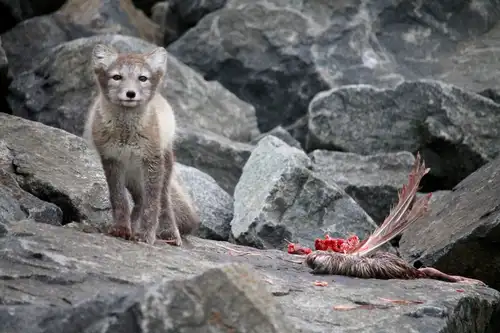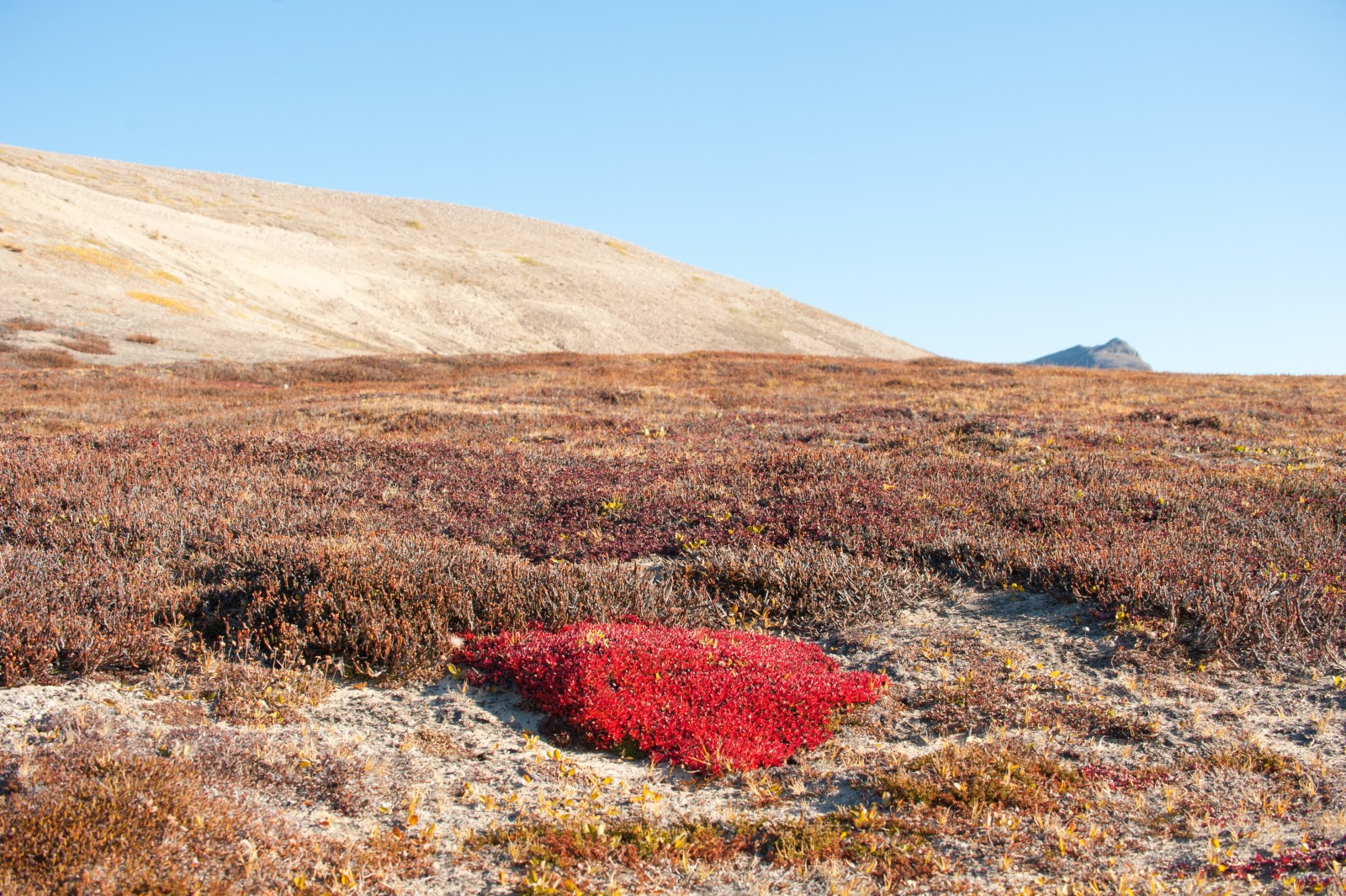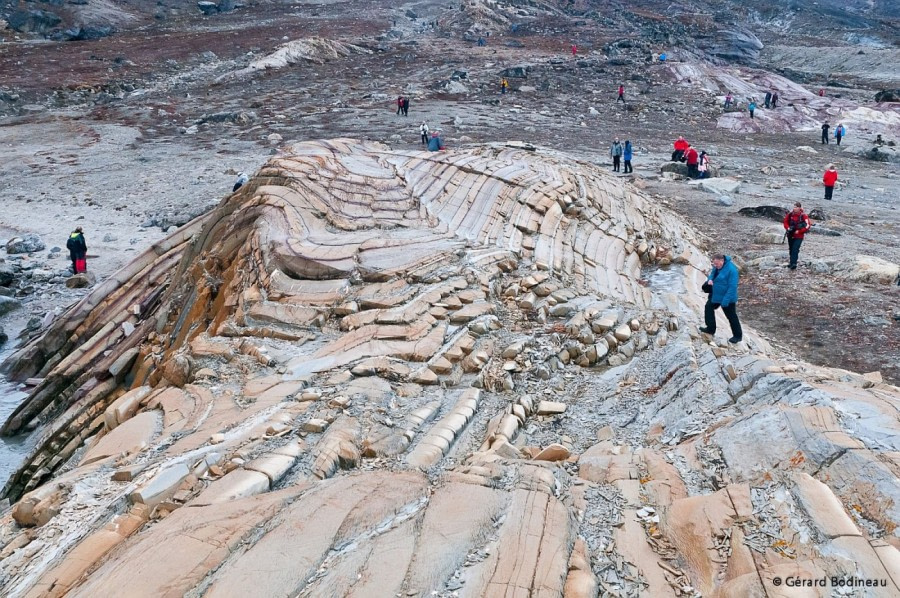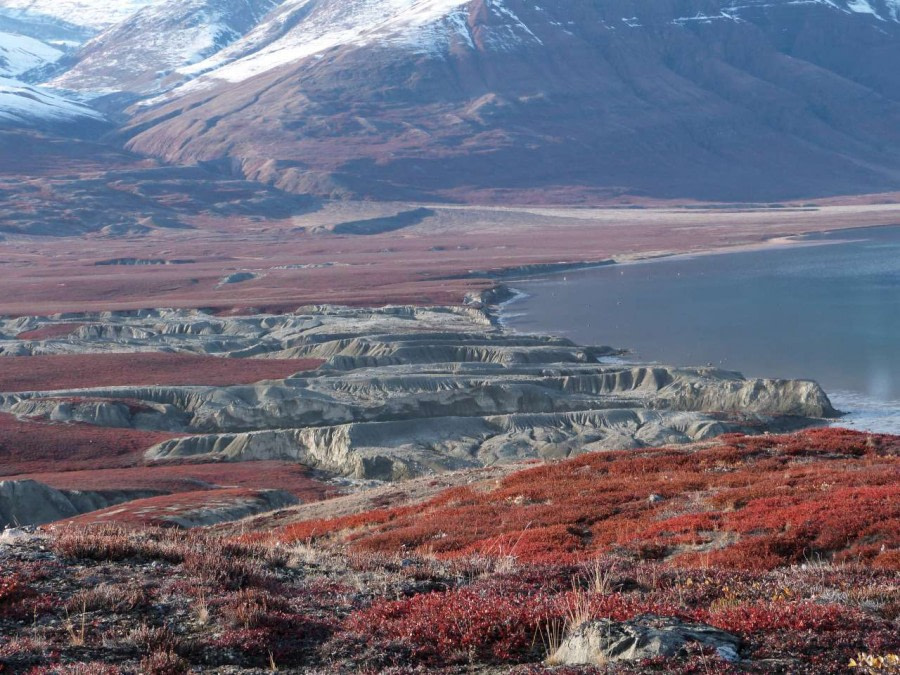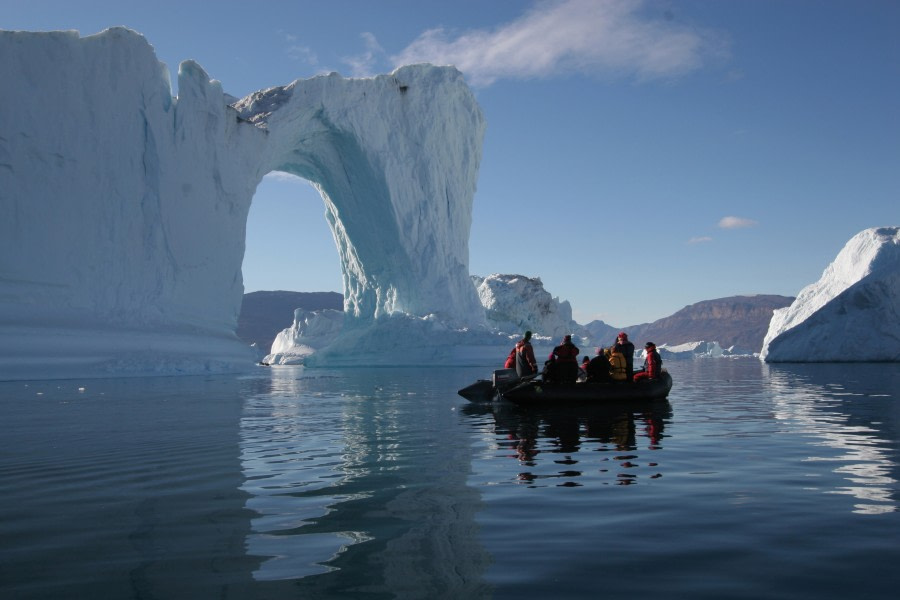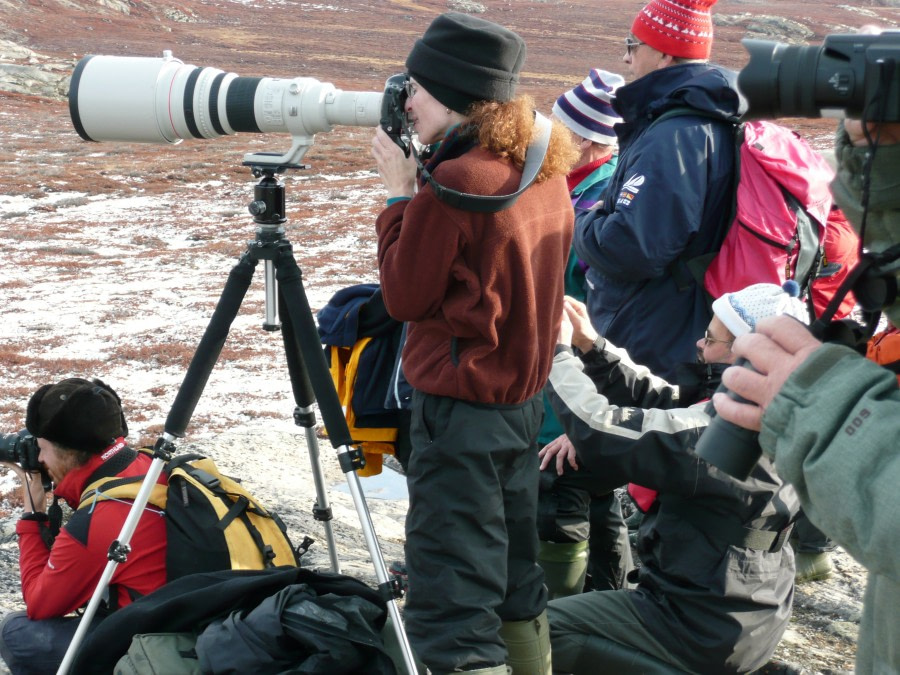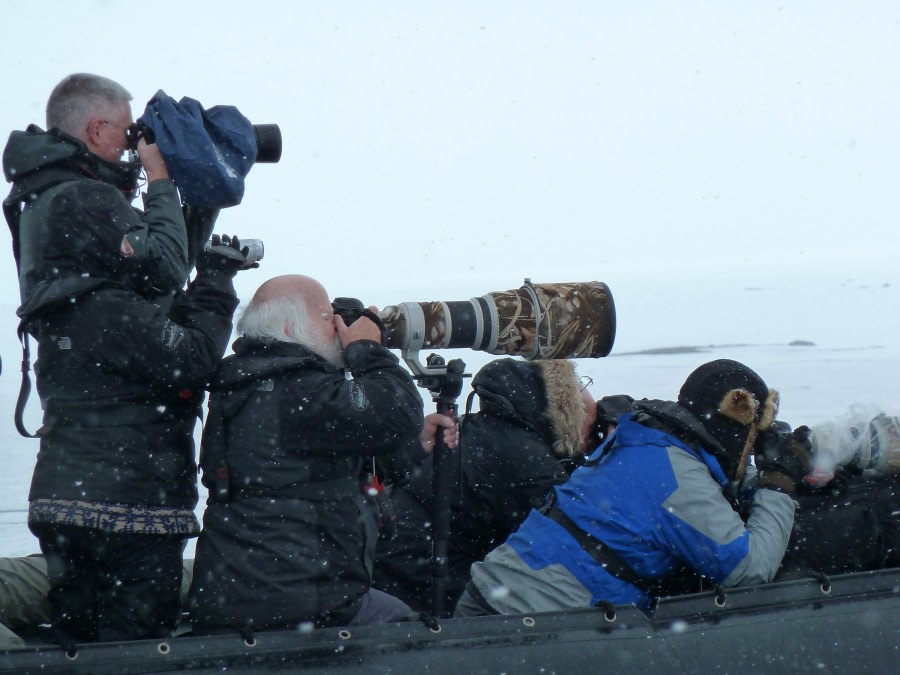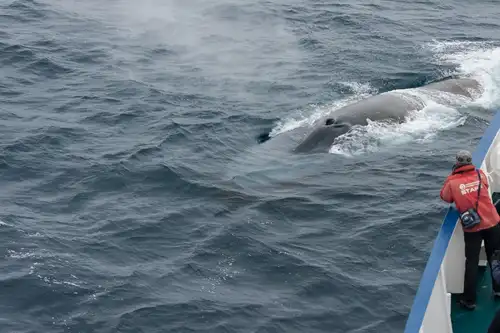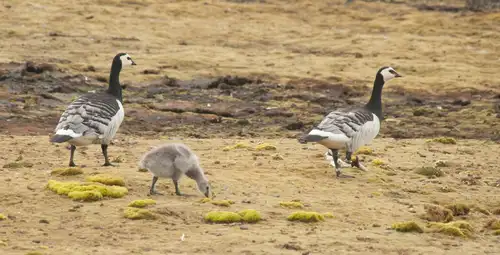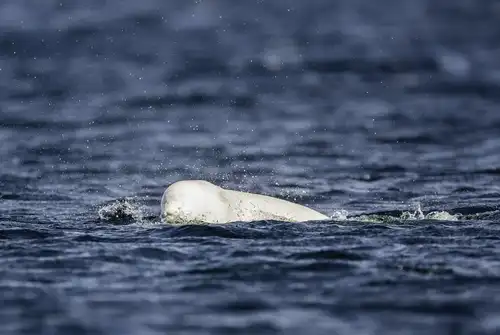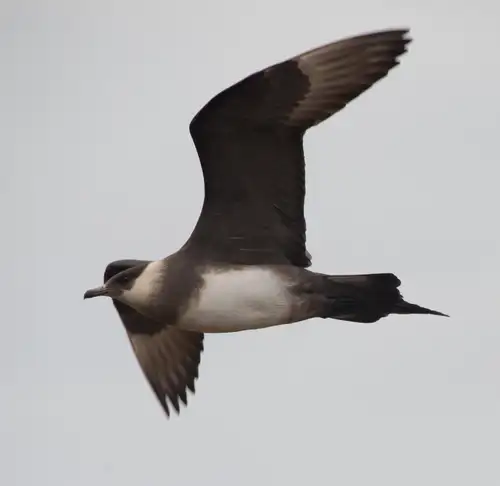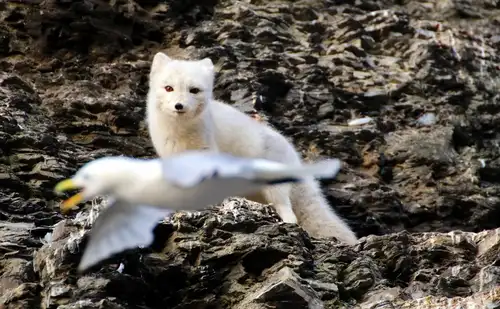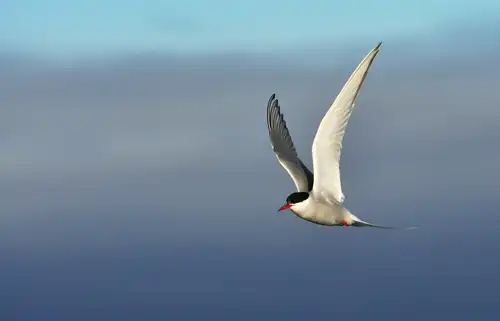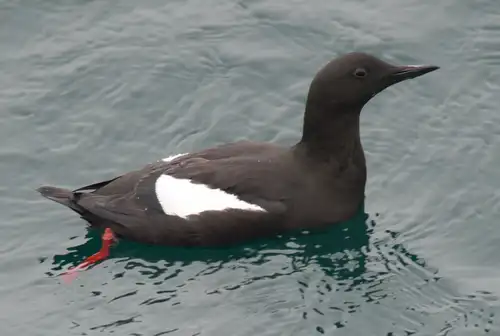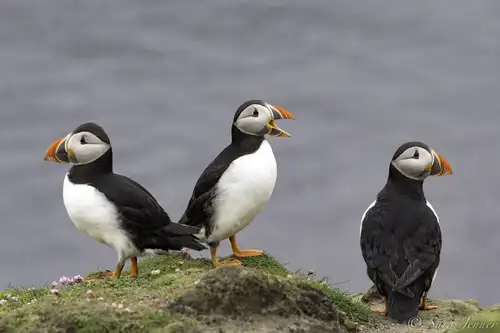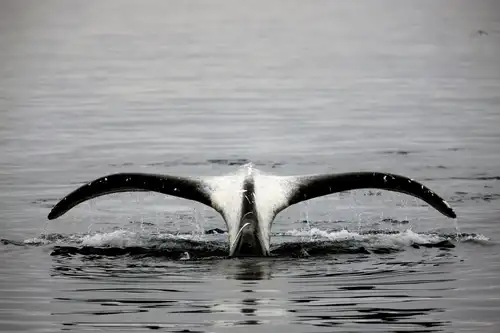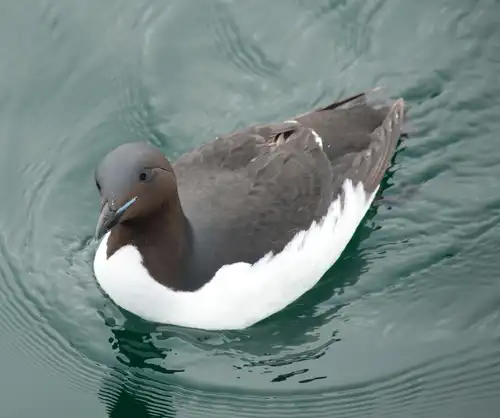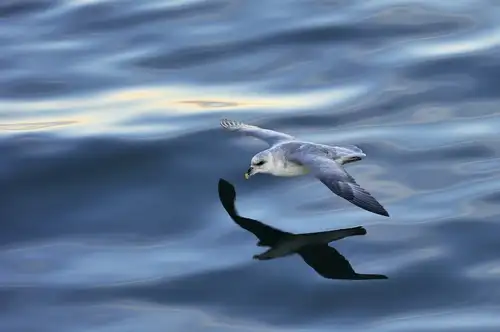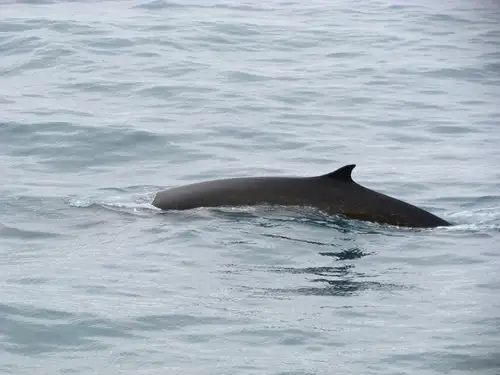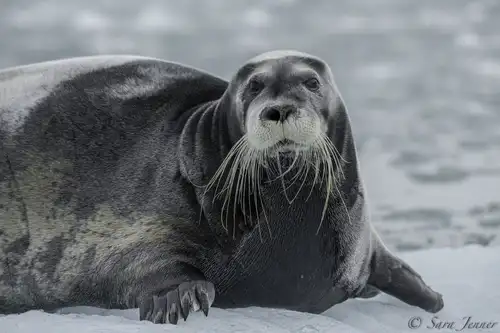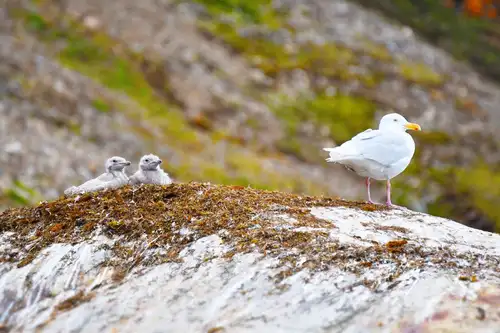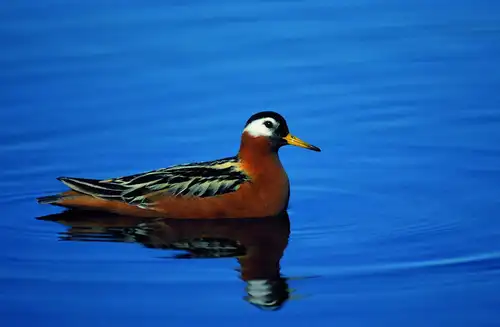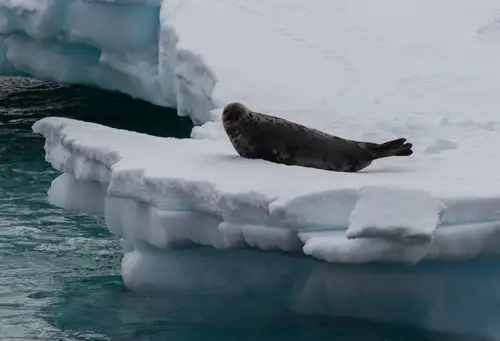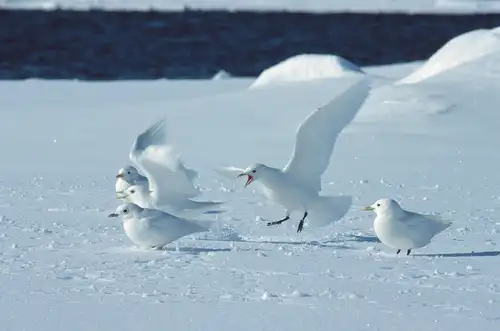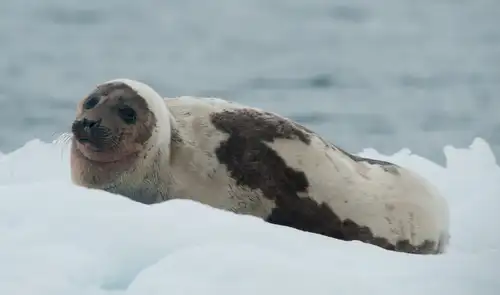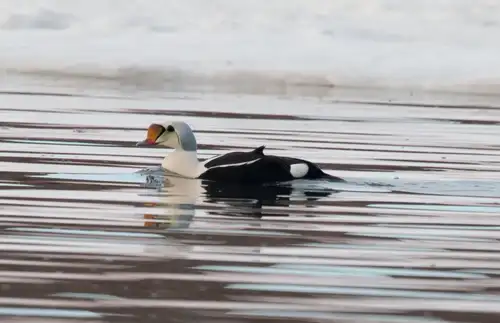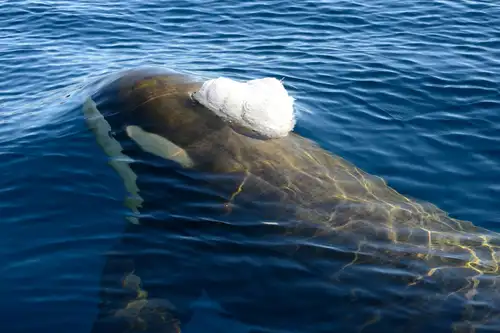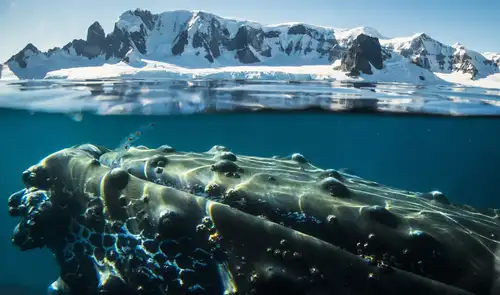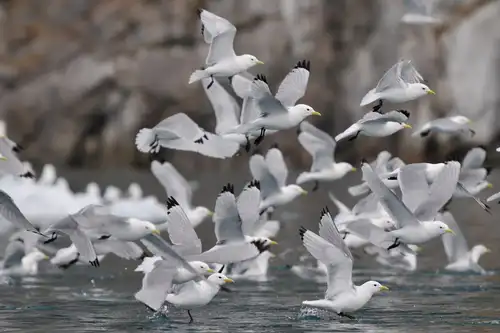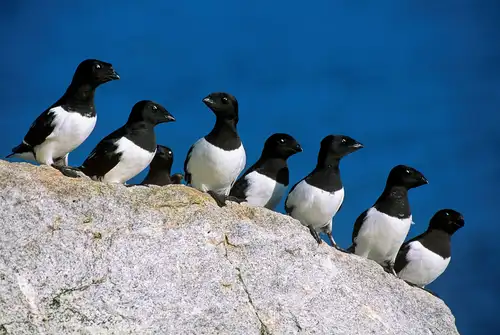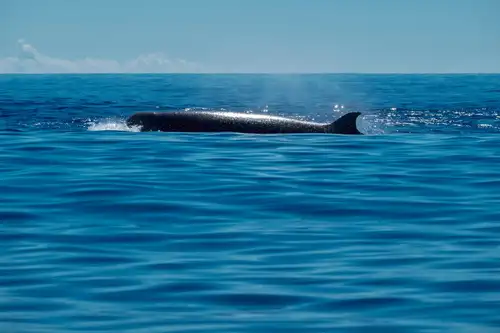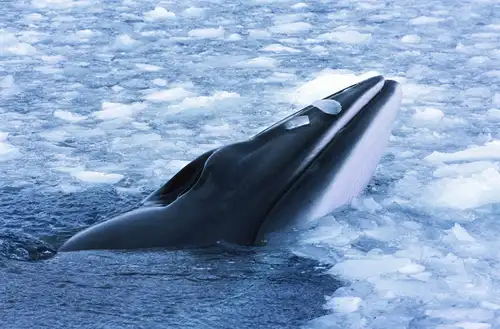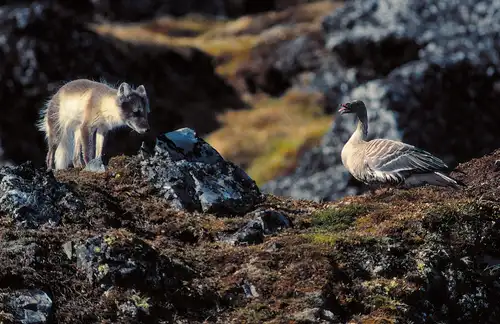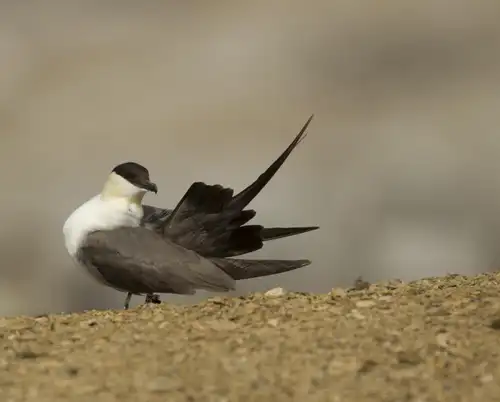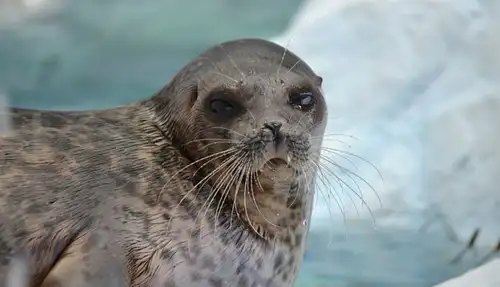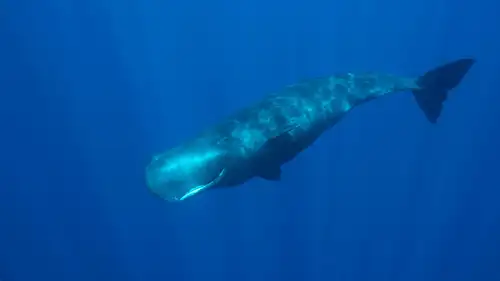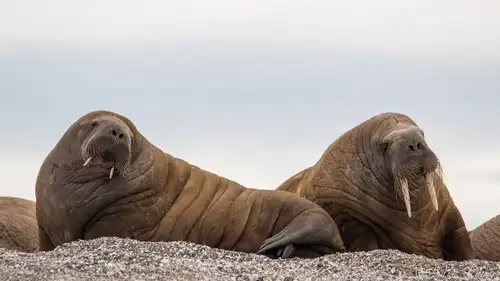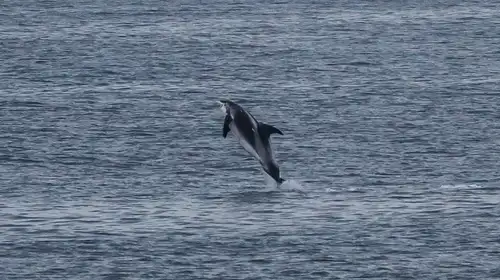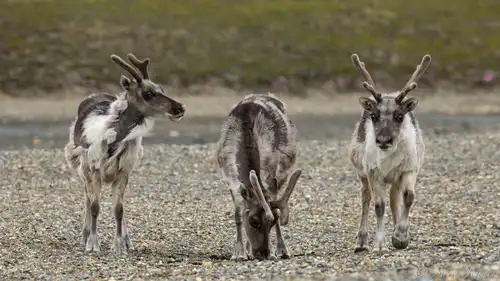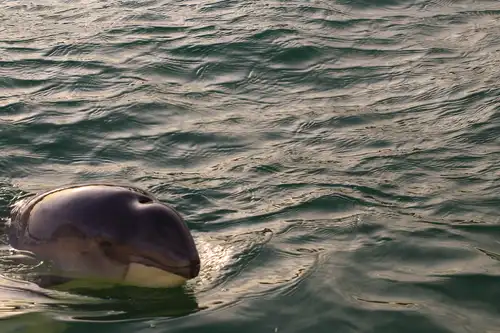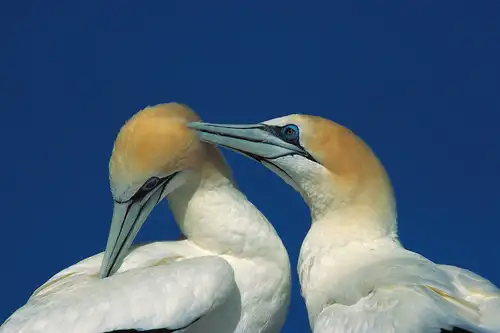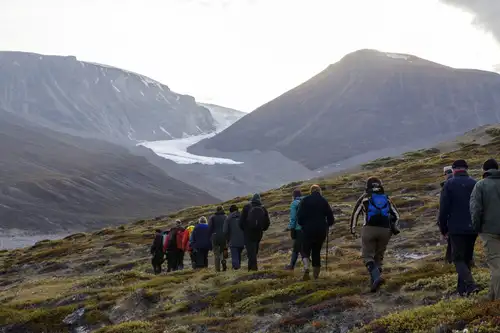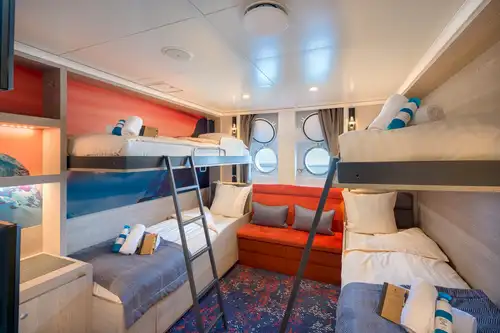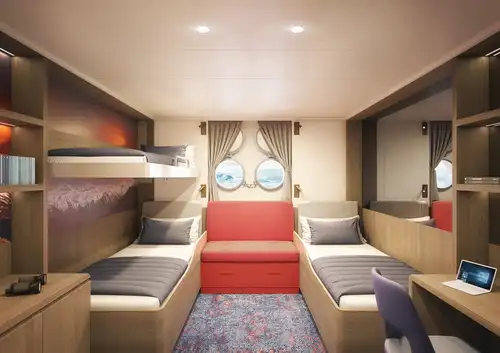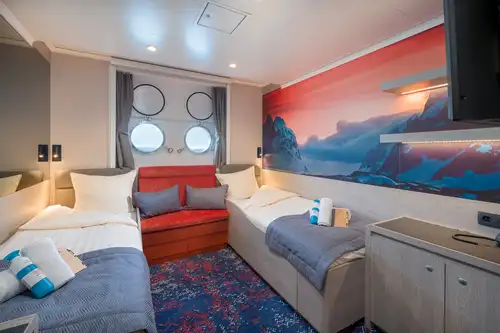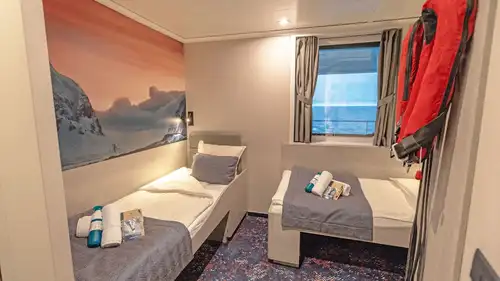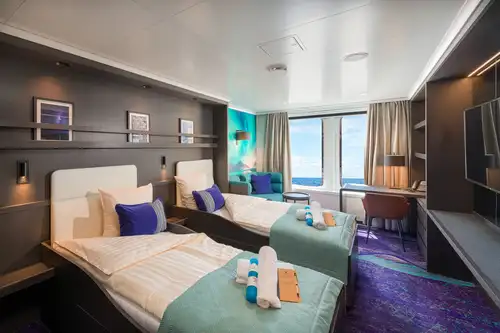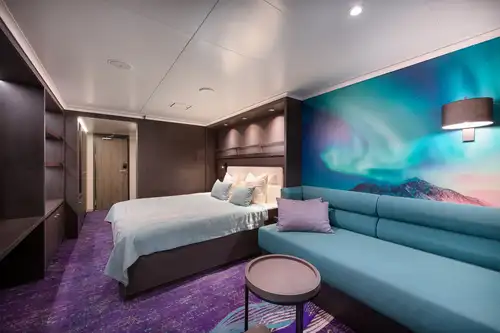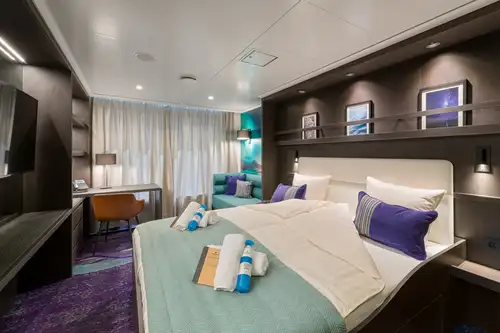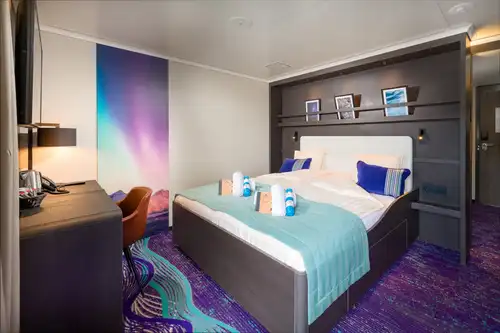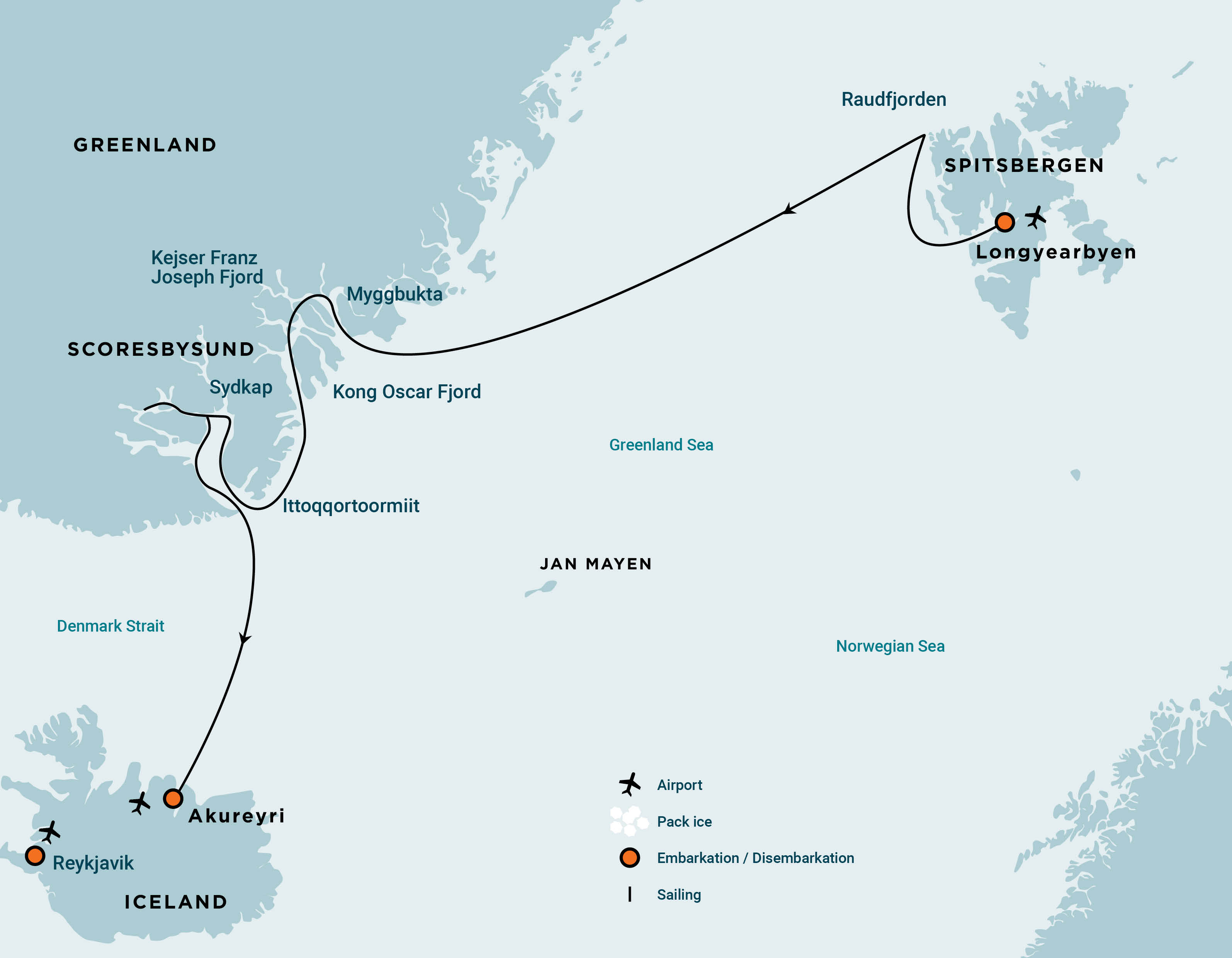

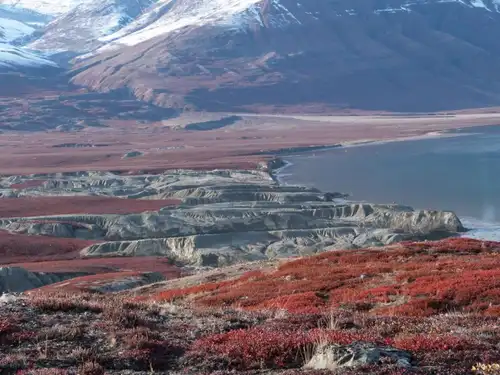
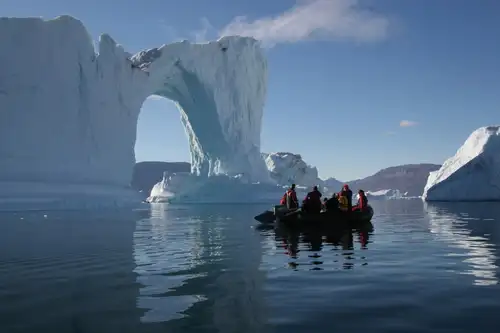
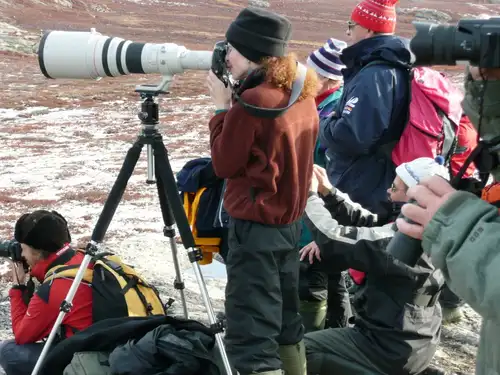
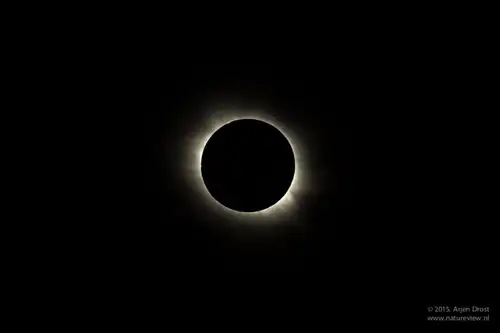
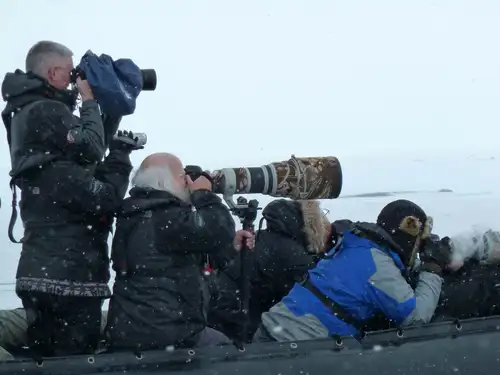









































 14 Days/13 Nights
14 Days/13 Nights




Latitude 70.878 north, longitude 27.286 west (Øfjord in Scoresby Sund)
Duration of Eclipse: 2 hours, 1 minute Duration of Totality: 2 minutes, 17 seconds
GMT (= Ittoqqortoormiit time minus 1 hour) Start of Eclipse 04.33 pm Start of Totality 05.33 pm Max. Eclipse 05.35 pm (Alt. 25.0) End of Totality 05.36 pm End of Eclipse 06.34 pm
If ice conditions prevent us from getting into Scoresby Sund, we will sail south along the ice edge and find another zone of totality along Blosseville Coast, for instance at latitude 68.630 north, longitude 26.509 west.
The primary goal of our solar eclipse expeditions is to position our ships in the center of totality on Aug 12, 2026. This itinerary allows us to reach this goal when we have an average sea ice situation, as we’ve had in the past fourteen years. If this is not the case, we will adapt the itinerary and skip landing areas on our sailing from Longyearbyen to Øfjord. If we can’t get into Scoresby Sund, we sail to Blosseville Coast, south of Søkongens Bugt.
Long HikesLong hikes are for groups of 24 passengers maximum, accompanied by two armed expedition staff and a Zodiac that will sail ahead to watch for polar bears along the shoreline. Passengers who join this activity should have the willingness and ability to hike at least 15 km (9 miles) in semi-rough terrain that includes shorelines, tundra, low hills, and river crossings. Hikes will take around six hours from start to finish, rest times included. We will hike at a modest pace and not cross any alpine terrain. Guests who do not wish to take part will have a landing in the morning at the start point of the hike, then sail to the end point for their second landing in the afternoon.
Largest town, biggest island
You touch down in Longyearbyen, the administrative center of Spitsbergen, the largest island of the Svalbard archipelago. Enjoy strolling around this former mining town, whose parish church and Svalbard Museum make for fascinating attractions. Though the countryside appears stark, more than a hundred species of plant have been recorded in it. In the early evening the ship sails out of Isfjorden, where we might spot the first minke whale of your cruise.
Sabine observatory and Raudfjorden
In 1823 the Irish scientist, soldier, and explorer Edward Sabine had an observatory on Indre Norskøya, in northwestern Svalbard. Using a pendulum to study gravity, he suggested a project to measure the meridians (lines of longitude through the poles) on Spitsbergen, the goal of which was to define the curvature of the Earth. We will try to get to Sabinehaugen, where he did his observations. Sailing next into Raudfjorden, on the north coast of Spitsbergen, we’ll see in an expansive fjord spilling with glaciers – and maybe even visited by ringed seals, bearded seals, and polar bears. The cliffs and shoreline of this fjord also support thriving seabird colonies.
Onward to East Greenland
We may eventually see the jagged edge of East Greenland sea ice flashing into sight ahead, depending on the conditions. Keep watch for whales and migrating seabirds here.
Tundra, mountains, and icebergs
As we approach Greenland, we may sail through the sea ice into Foster Bay and land at Myggebugten. Beyond the old hunters’ hut (where Norwegian trappers hunted for polar bear and Arctic fox in the first half of the 20th century), there is a sprawling tundra populated by musk oxen, with geese floating the small lakes. From here we’ll sail through Kaiser Franz Josef Fjord, surrounded by towering mountains and bright interior icebergs.
For those who choose to attend, we will have our first long hike (6-7 hours) today. We’ll start at Myggbukta station and head into Badlanddal, then turn south to Fangsthytte near Kap Bennet. A Zodiac will sail ahead of the walking party and parallel to the coast to watch out for bears. We will then sail through Kaiser Franz Josef Fjord, surrounded by towering mountains and bright interior icebergs.
Islands of Antarctic Sound
We arrive at Teufelschloss (Devil’s Castle), a mountain with layered geology. On the other side of the fjord is Blomsterbugt and the intended landing site. In the afternoon, we head into Antarctic Sound to find the islands of Ruth, Maria, and Ella. Maria is the most likely spot for a landing.
Alpefjord’s lofty peaks
In the morning, we enter Segelsällskapets Fjord, with the streaked slopes of the Berzelius Mountains bordering the north side. We land on the south shore, where ancient sedimentary formations lie right at our feet. A hike takes you near a small lake with good chances to see musk oxen, Arctic hares, and ptarmigans. In the afternoon, the ship ventures into Alpefjord, aptly named for the spire-like peaks that thrust up around it. We may then embark on a Zodiac cruise around Gully Glacier, which once blocked access to the interior of these waters. Continuing deep into the fjord, we’ll experience a definitive Greenland adventure.
Sights of the Arctic autumn
The first half of the day we will spend in Antarctic Havn, an extensive valley where you can spot groups of musk oxen. At this time of year, the sparse vegetation is wearing the fiery colors of autumn.
Largest fjord in the world
Today we reach Scoresby Sund, sailing along the glaciated Volquart Boons Kyst. We may also enjoy a Zodiac cruise past one of the glacier fronts, along with a visit to the basalt columns and ice formations of Vikingebugt. In the afternoon, we plan to sail along the east coast of Milne Land among a multitude of giant icebergs. If we can also land at Charcot Havn, we will make a walk to Charcot Glacier before continuing to Bjørneøer.
Total Solar Eclipse
We will have a Zodiac cruise near Sorte Ø in the morning, surrounded by icebergs. Their austere blue-white contrasts sharply with the sediment slopes nearby. At midday we will position the ship in the center of the moon shadow in Øfjord. In the afternoon, we watch the solar eclipse either from the ship or one of the nearby shores.
Enormous bergs, Arctic hares
In the morning, we will encounter colossal icebergs, some over 100 meters (330 feet) high and more than a kilometer (.6 miles) long. We’ll then land near Sydkap, with fine views of Hall Bredning and Arctic hares. Today's long hike goes from Sydkap to Satakajik, showing us the remains of Thule winter houses built with whale vertebrae. In the evening, we sail into Øfjord.
Settlement at Scoresby Sund
Today we make a tundra landing on Liverpool Land, in Hurry Inlet. The afternoon stop is Ittoqqortoormiit, the largest settlement in Scoresby Sund at about four hundred inhabitants. At the post office, you can buy stamps for your postcards or just stroll around to see the sled dogs and drying skins of seals and musk oxen. In the afternoon, we sail south, passing the picturesque landscapes of the Blosseville Coast.
Sea life on our way to Iceland
A sea day grants us the opportunity to spot whales and seabirds.
Journey’s end at Akureyri
Even the greatest adventures eventually come to an end. We disembark in Akureyri, where on request you can transfer by chartered bus (six-hour drive that must be booked in advance) to the bus stop at Harpa Concert Hall at Austurbakki, Reykjavík.





























































































m/v Hondius
Hondius is the world’s first-registered Polar Class 6 vessel and was built from the ground up for expedition cruising.

Specifications
| Passengers: | 170 in 80 cabins |
| Staff & crew: | Crew 57 | Guides 13 | Doctor 1 |
| Length: | 107.6 meters |
| Breadth: | 17.6 meters |
| Draft: | 5.30 meters |
| Ice class: | Polar Class 6 (equivalent 1A-Super) |
| Displacement: | 5,590 tonnes |
| Propulsion: | 2 x ABC main engines; total 4,200 kW |
| Speed: | 15 knots |
Cabins Gallery


Ship Interior Gallery


Ship Exterior Gallery


Hondius is the first-registered Polar Class 6 vessel in the world, meeting the latest and highest Lloyd’s Register standards for ice-strengthened cruise ships. Surpassing the requirements of the Polar Code adopted by the International Maritime Organization (IMO), Hondius represents the most flexible, advanced, innovative touring vessel in the polar regions, thoroughly optimized for exploratory voyages that provide you the utmost first-hand contact with the Arctic and Antarctica.
Happier polar passengers, healthier polar environment
Not only will the numerous amenities and on-board entertainments help make your Hondius voyage truly memorable, this ship also gives you the peace of mind that comes with choosing one of the most environmentally friendly vessel on the polar seas.
Hondius uses LED lighting, steam heating, bio-degradable paints and lubricants, and state-of-the-art power management systems that keep fuel consumption and CO2 levels minimal. This means that when you sail aboard Hondius, you get to enjoy the exotic landscapes and wildlife as much as possible while impacting them as little as possible.
Hotel comfort, expedition class
The best view is always on the outer deck or the bridge. Hondius offers high-quality accommodation for 170 passengers in six grand suites with balconies (27 square meters, 291 square feet), eight junior suites (19 to 20 square meters, 205 to 215 square feet), eight superior cabins (20 to 21 square meters, 215 to 226 square feet), 11 twin deluxe cabins, (19 to 21 square meters, 205 to 226 square feet), 14 twin window cabins (12 to 14 square meters, 129 to 151 square feet) as well as 27 twin porthole cabins, two triple porthole cabins, and four quadruple porthole cabins that vary in size from 12 to 18 square meters, or 129 to 194 square feet.
One deck consists of a large observation lounge and a separate lecture room, which are reserved for a wide variety of interactive workshops, exhibitions, and performances particular to Hondius.
Swift & safe ship-to-shore operations
It is our philosophy to keep sea time short so that we can focus instead on fast, effective access to shore and near-shore activities. To give you the maximum contact with the nature and wildlife you traveled so far to see, we employ a tough fleet of rigid-hull inflatable Zodiac boats that guarantee swift and safe landing operations for the passengers. Hondius has two separate gangways and a sheltered indoor Zodiac boarding area that can also be used for special outdoor activities, such as kayaking.
What to wear
In keeping with the spirit of the expedition, dress on board is informal. Bring casual and comfortable clothing for all activities, and keep in mind that much of the scenery can be appreciated from the deck ― which can be slippery. Bring sturdy shoes with no-slip soles, and make sure your parka is never far away in case one of our crew shouts “Whales!” over the loudspeaker and you have to dash outside at a moment’s notice. Opt for layers, as it is comfortably warm aboard the ship though often cold on deck.
How to pay
Refreshments and souvenirs will be charged to your cabin. The day before departure you can settle your bill with the hotel manager, paying by credit card (Visa or MasterCard) or cash (euro, or in some cases dollar). We cannot, however, accept checks. Though the prices and standard currency on board is in the euro, other currencies may be accepted at the discretion of the hotel manager, at prevailing rates.
Electric current
The electrical supply aboard ship is 220v, 60Hz. Electrical outlets are standard European with two thick round pins, so some passengers may need a 220v/110v converter.
Gratuities
The customary gratuity to the ship’s service personnel is made as a blanket contribution at the end of the voyage and is divided among the crew. Tipping is a personal matter, and the amount you wish to give is at your sole discretion. As a generally accepted guideline, we suggest 15 euros per passenger per day. It is better for the crew if you give cash.
Non-smoking policy
We have a non-smoking policy inside all our vessels, though you can smoke in certain designated areas. We ask that you please respect the wishes of non-smokers.
Your physical condition
You must be in good overall health and be able to walk several hours per day. The expedition is ship-based and physically not very demanding, but we spend as much time as possible on shore. You are, however, welcome to remain aboard the ship if you prefer. To join most excursions you must be able to get up and down the steep gangway ― from the ship to the water level ― to board the Zodiacs. Staff will assist you in and out of the boats, and boarding will become progressively easier with practice, but conditions on shore can be slippery and rocky. Remember, you will be traveling in remote areas without access to sophisticated medical facilities, so you must not join this expedition if you have a life-threatening condition or need daily medical treatment.
- Children under the age of 18 are not allowed to stay in a cabin without parental or adult supervision.
- Yes, an overriding concern is the protection of the wildlife, environment, and cultures in all of the areas we visit. We will address conservation issues in the onboard briefings, and the expedition staff will assist you on shore. We are members of IAATO and AECO and will abide by their guidelines. We will also follow all local requirements to minimize our impact on the environment and wildlife. When in doubt, remember our two most important rules: Do not leave anything but footprints Do not take anything but memories
- No, you are not able to get cash advances on the vessel.
- When you make a confirmed reservation, we require a 40% deposit. But if the reservation is made within two months prior to departure, the full price of the voyage is due at the time of booking.
- This depends on what you want to experience at Spitsbergen. In case you want to experience the Polar night or the Aurora Borealis, November to February is the best time to travel to Spitsbergen. Do you want to see the midnight sun and enjoy boat trips, kayaking or hiking? Then the best time to visit Spitsbergen is around May until September. This is the summer period of Spitsbergen.
- Svalbard's diverse list of wildlife is one of its most compelling features, especially for photographers and wildlife enthusiasts. Svalbard cruises also offers an intriguing landscape with many different types of geological features from high mountains to ice capped ancient sea floor. Glaciers and fjords are multifold and the sea ice is a major attraction.
- The Hondius was built in Croatia in 2018 and delivered in 2019.
- The number of passengers is limited to 174 on the Hondius. Furthermore the vessel is manned by 24 highly experienced international nautical crew, 32-34 international hotel crew, 13 expedition staff (1 expedition leader, 2 assistant expedition leaders and 10 guides/lecturers) and 1 doctor.
You May Also Like



Alpine Peaks of Spitsbergen, Ski & Sail
 8 Days / 7 Nights
8 Days / 7 Nights
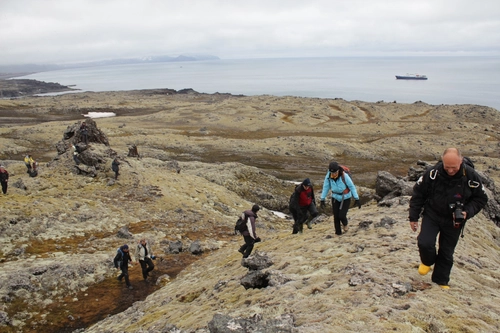
Arctic Ocean - Fair Isle, Jan Mayen, Ice Edge, Spitsbergen, Birding
 10 Days / 9 Nights
10 Days / 9 Nights
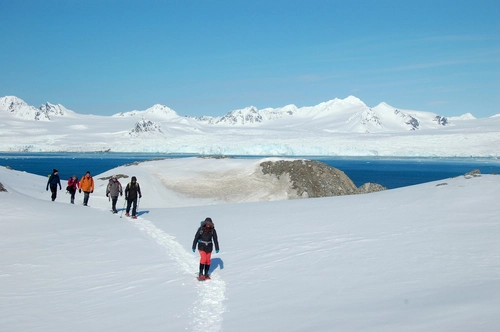
North Spitsbergen - Arctic Spring , Hike & Sail
 8 Days / 7 Nights
8 Days / 7 Nights
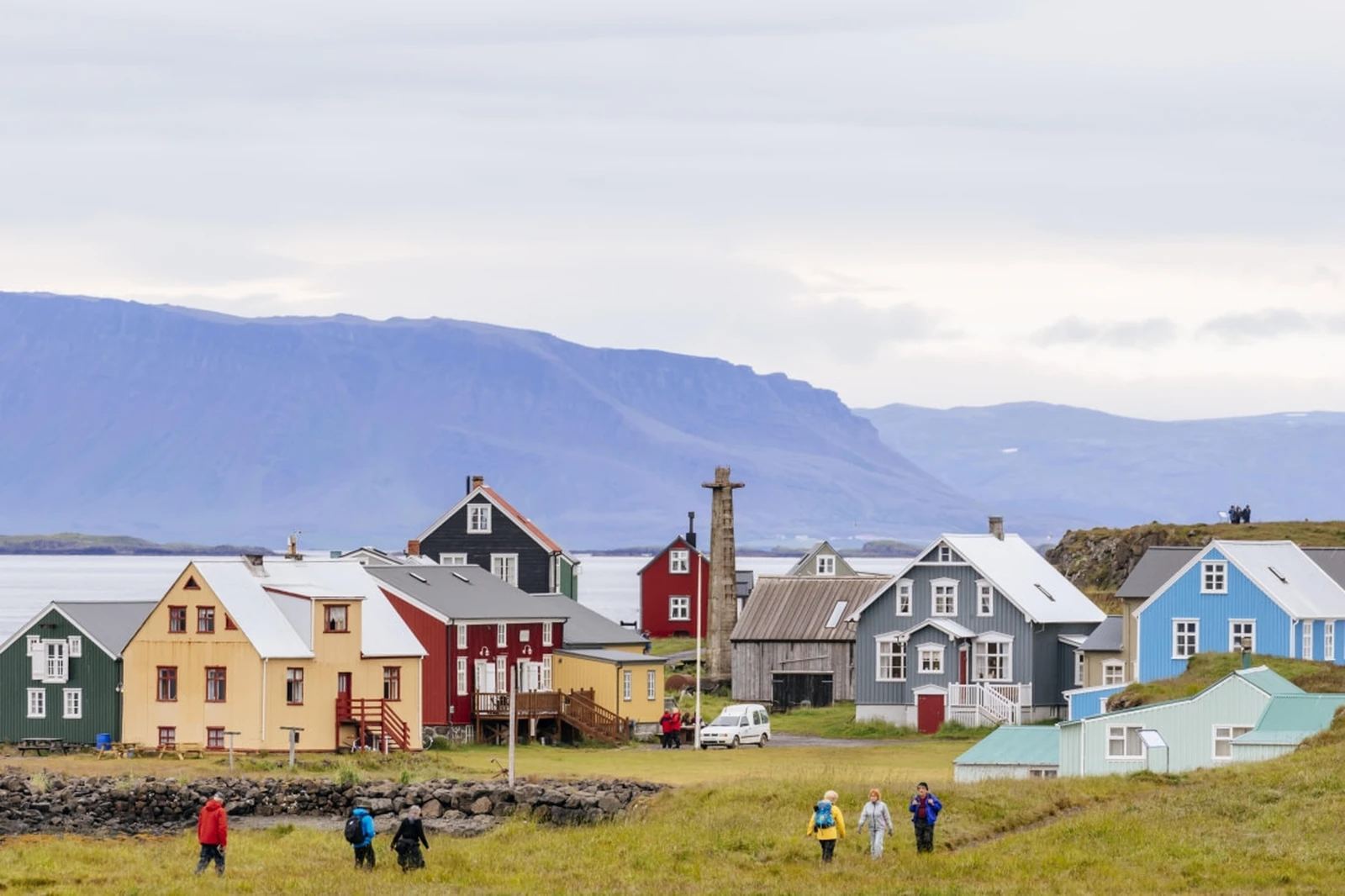
Northwest Iceland Explorer - Into the Greenland sea ice
 8 Days / 7 Nights
8 Days / 7 Nights
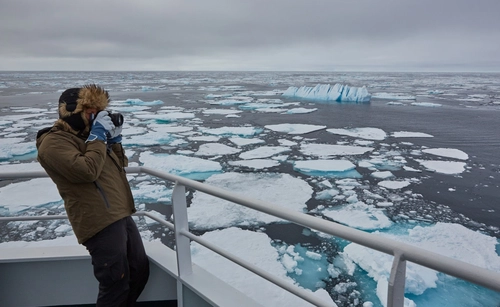
North Spitsbergen Explorer - Into the pack ice - Polar Bear Special
 8 Days / 7 Nights
8 Days / 7 Nights

Arctic Ocean - Jan Mayen, Ice edge, Spitsbergen, Birding
 9 Days / 8 Nights
9 Days / 8 Nights
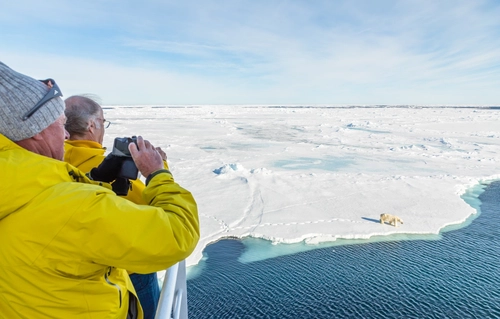
Arctic Ocean - Fair Isle, Jan Mayen, Ice edge, Spitsbergen, Birding - Summer Solstice
 10 Days / 9 Nights
10 Days / 9 Nights
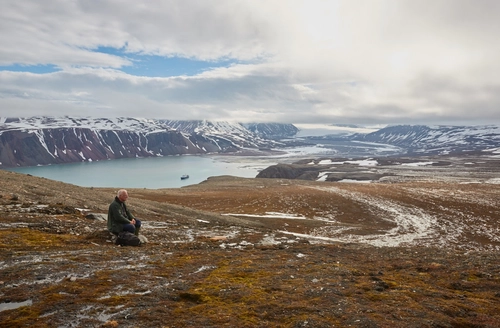
North Spitsbergen Explorer - Versatile landscapes, sea ice & wildlife
 8 Days / 7 Nights
8 Days / 7 Nights
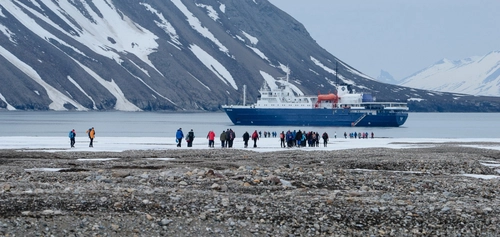
North Spitsbergen Basecamp – Summer Solstice - Free Kayaking, Hiking, Photo Workshop, Diving (supplemented)
 8 Days / 7 Nights
8 Days / 7 Nights
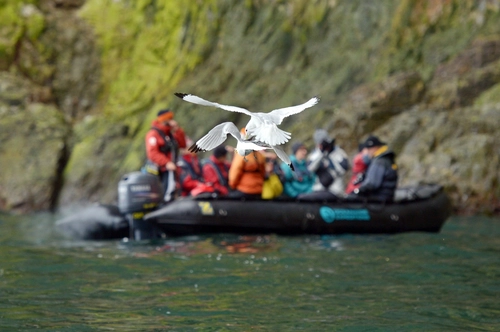
North Spitsbergen Explorer - Versatile landscapes, sea ice & wildlife - Summer Solstice
 8 Days / 7 Nights
8 Days / 7 Nights
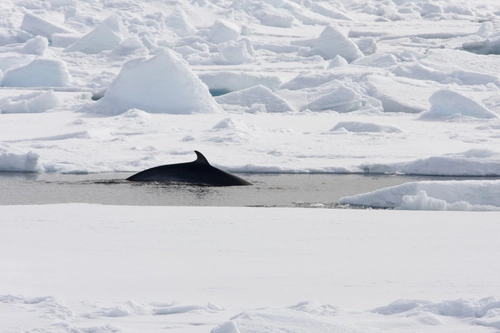
North Spitsbergen - Arctic Summer
 11 Days / 10 Nights
11 Days / 10 Nights

East Spitsbergen - Home of the Polar Bear, Including Long Hikes & Cleaning the Shores
 8 Days / 7 Nights
8 Days / 7 Nights
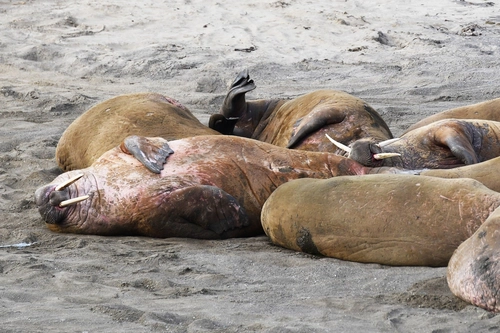
Around Spitsbergen, In the realm of Polar Bear & Ice
 10 Days / 9 Nights
10 Days / 9 Nights

North Spitsbergen Explorer – Into the Pack Ice – Polar Bear & Whale Special
 10 Days / 9 Nights
10 Days / 9 Nights

Northeast Greenland Solar Eclipse Explorer Voyage
 14 Days / 13 Nights
14 Days / 13 Nights
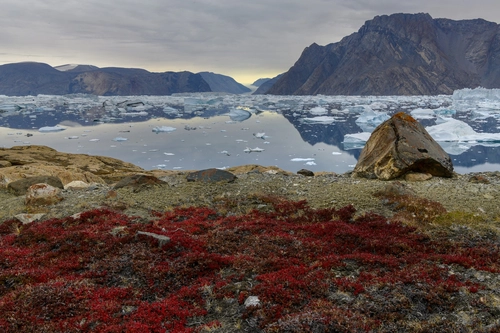
Spitsbergen - Northeast Greenland, Fly & Sail
 20 Days / 19 Nights
20 Days / 19 Nights
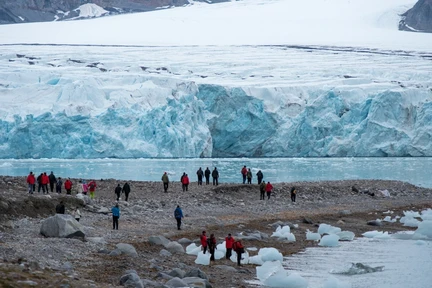
Around Spitsbergen incl. Nordaustlandet
 10 Days / 9 Nights
10 Days / 9 Nights
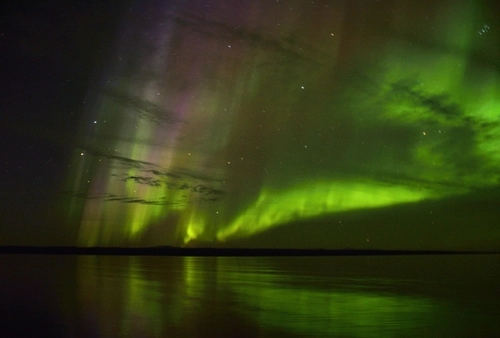
East Greenland, Scoresby Sund - Iceland , Aurora Borealis, Fly & Sail
 12 Days / 11 Nights
12 Days / 11 Nights
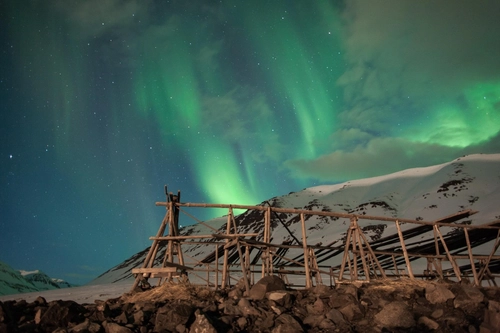
Northeast Iceland Explorer , Aurora Borealis, Hike & Sail - Incl. Bus back up
 7 Days / 6 Nights
7 Days / 6 Nights

Alpine Peaks of Spitsbergen - Ski & Sail
 8 Days / 7 Nights
8 Days / 7 Nights

Arctic Ocean - Fair Isle, Jan Mayen, Ice Edge, Spitsbergen, Birding Special
 10 Days / 9 Nights
10 Days / 9 Nights

North Spitsbergen Explorer - Versatile Landscapes, Sea Ice & Wildlife
 8 Days / 7 Nights
8 Days / 7 Nights

North Spitsbergen Explorer - Into the Pack Ice - Polar Bear Special
 8 Days / 7 Nights
8 Days / 7 Nights

North Spitsbergen, Arctic Summer - Summer Solstice
 11 Days / 10 Nights
11 Days / 10 Nights

Northwest Iceland Explorer - Into the Greenland Sea Ice - Summer Solstice
 8 Days / 7 Nights
8 Days / 7 Nights

North Spitsbergen Explorer - Versatile Landscapes, Sea Ice & Wildlife - Summer Solstice
 8 Days / 7 Nights
8 Days / 7 Nights

North Spitsbergen Explorer - Into the Pack Ice - Polar Bear Special - Summer Solstice
 8 Days / 7 Nights
8 Days / 7 Nights

Arctic Ocean - Spitsbergen: Jan Mayen, Ice Edge & Birding - Summer Solstice
 9 Days / 8 Nights
9 Days / 8 Nights

North Spitsbergen Basecamp - Free kayaking, Hiking, Photo Workshop
 8 Days / 7 Nights
8 Days / 7 Nights

North Spitsbergen, Arctic Summer
 11 Days / 10 Nights
11 Days / 10 Nights

Around Spitsbergen, in the Icy Realm of the Polar Bear
 10 Days / 9 Nights
10 Days / 9 Nights

A Taste of North Spitsbergen - Compact Arctic Adventure
 6 Days / 5 Nights
6 Days / 5 Nights

South Spitsbergen Explorer - Bear Island - Diving (supplemented)
 10 Days / 9 Nights
10 Days / 9 Nights

Around Spitsbergen - Arctic Summer
 15 Days / 14 Nights
15 Days / 14 Nights

Around Spitsbergen and Nordaustlandet, In the Icy Realm of the Polar Bear
 10 Days / 9 Nights
10 Days / 9 Nights

Spitsbergen, Northeast Greenland & Scoresby Sund, Including Long Hikes
 14 Days / 13 Nights
14 Days / 13 Nights

South Spitsbergen, Bear Island & Mainland Norway - Aurora Borealis
 6 Days / 5 Nights
6 Days / 5 Nights

East Greenland, Scoresby Sund - Iceland, Aurora Borealis, Fly & Sail
 12 Days / 11 Nights
12 Days / 11 Nights

Northeast Iceland Explorer, Aurora Borealis, Hike & Sail - Incl. Bus back up
 7 Days / 6 Nights
7 Days / 6 Nights
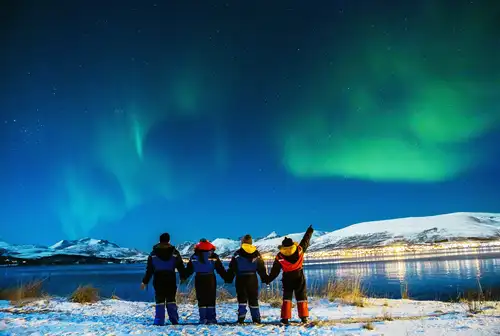
10 Tips for Photographing the Northern Lights
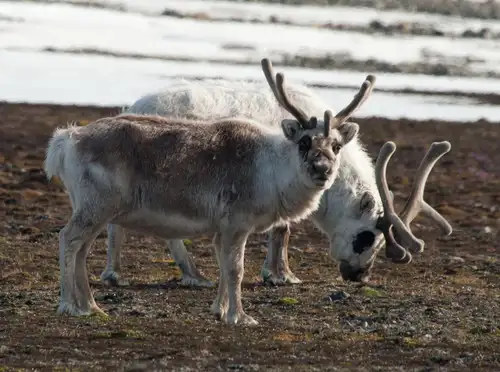
Amphibian, reptiles and herbivore mammals in the Arctic
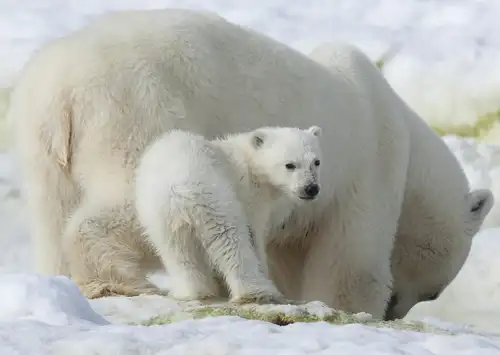
Arctic Icon: 10 Facts about the Polar Bear
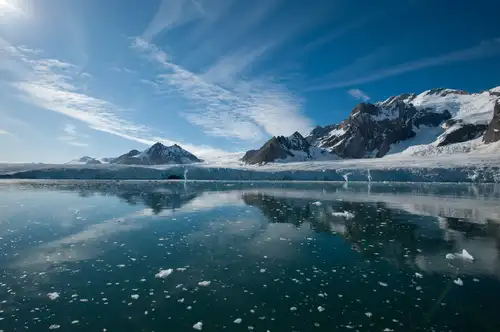
A Bug’s Life in Svalbard
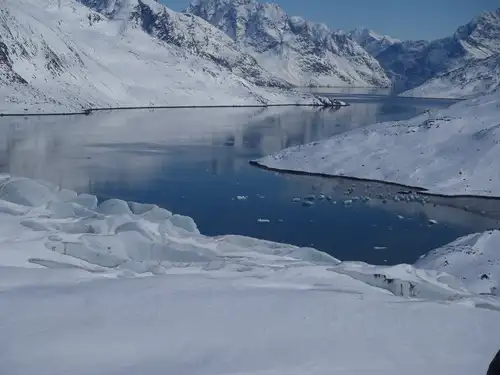
8 Scientific Wonders of the Arctic
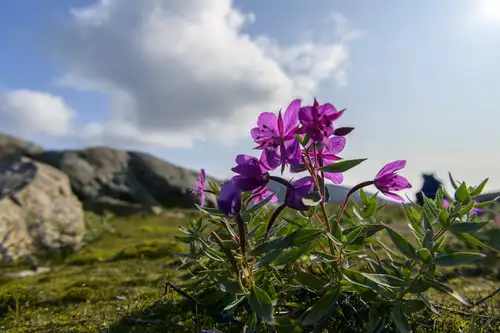
Arctic Flowers, Trees, and Other Plant Life
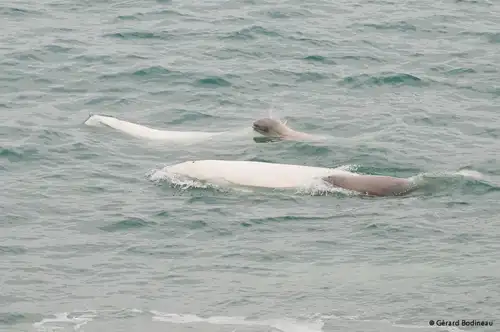
The Mysteries of the Beluga Whale
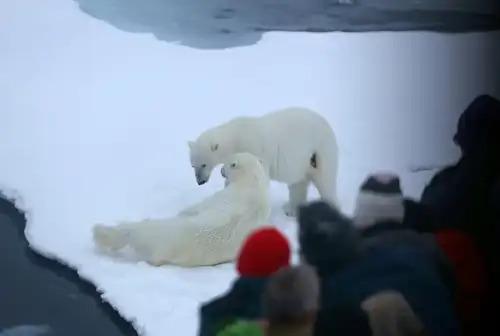
The Pack Ice and Polar Bears of North Spitsbergen
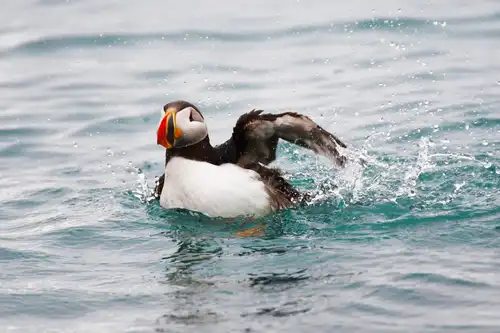
Puffins: Clown Birds of the Atlantic
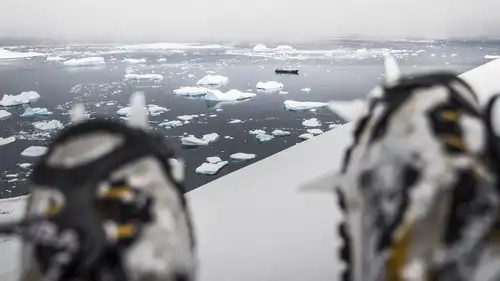
Arctic and Antarctic Basecamp Cruises – Choose Your Own Adventure

Around Spitsbergen vs. North Spitsbergen
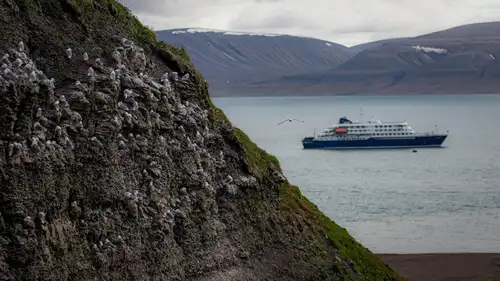
Circumnavigating Spitsbergen
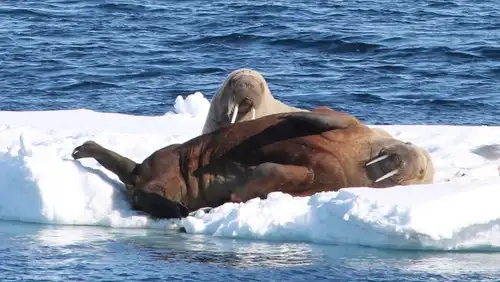
Svalbard’s 12 Most Iconic Animals
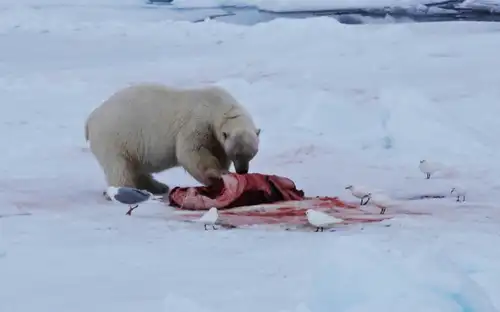
“The polar bear will still be there”

The Ice-Jewelled Geology of Spitsbergen
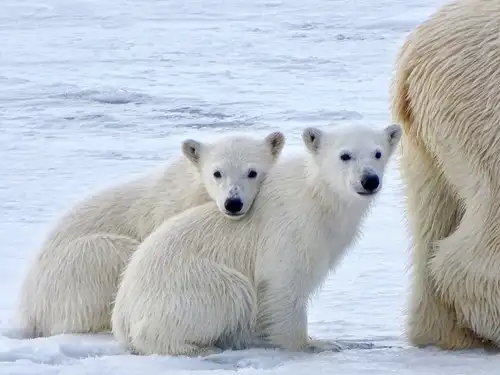
Where the Polar Bears Roam
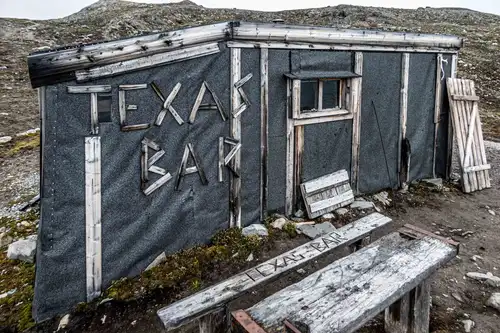
Svalbard’s Texas Bar
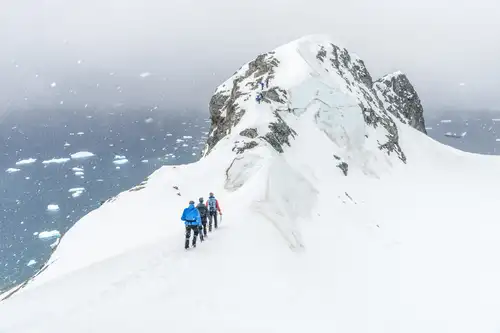
The Ins, Outs, and Ups of Polar Mountaineering & Ski Mountaineering
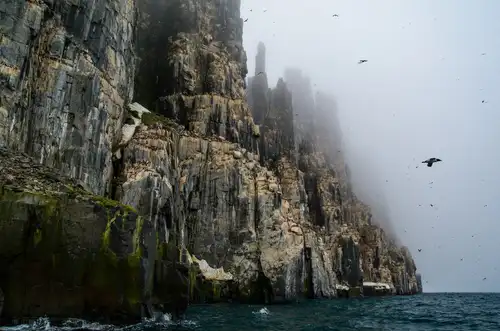
Spitsbergen: Alkefjellet magic
